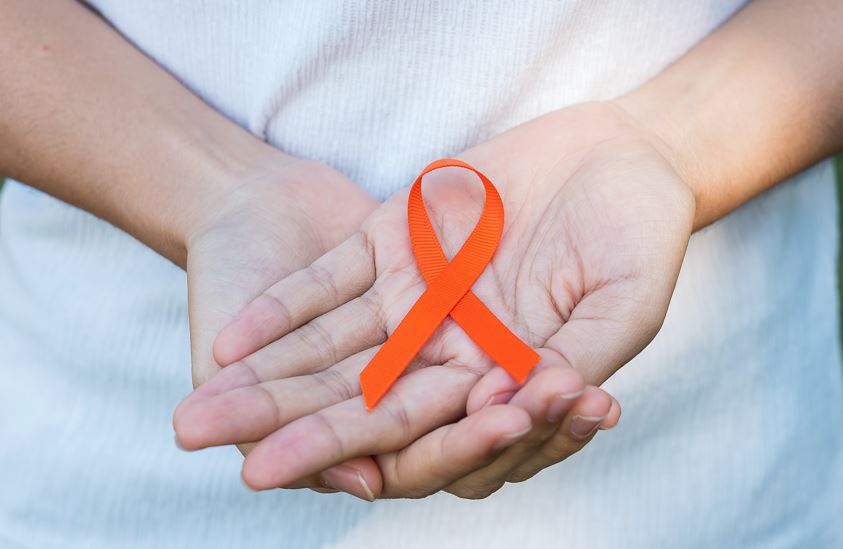Passive training, also known as passive range of motion exercises, can be beneficial for quadriplegia patients in several ways. Quadriplegia is a condition that results in the paralysis of all four limbs due to a spinal cord injury, disease or trauma. Passive training involves moving the patient’s limbs through a range of motions, with the assistance of a physical therapist or caregiver.
Here are some of the benefits of passive training for quadriplegia patients and why healthcare professionals recommend it.
1. Improved range of motion
As mentioned, passive training involves moving the patient’s limbs through a range of motions. This can help to prevent joint contractures and muscle tightness, which can lead to reduced range of motion over time. When a patient’s limbs are moved through a full range of motion, it helps to maintain or improve the flexibility of the joints and muscles. This can improve overall mobility and make daily activities easier for the patient. Healthcare professionals recommend passive training for quadriplegia patients to help prevent joint contractures and maintain range of motion.
2. Reduced spasticity
Spasticity is a common complication in quadriplegia patients, which can lead to painful muscle contractions and stiffness. Passive training can help to reduce spasticity by promoting relaxation and stretching of the muscles. When a patient’s muscles are moved through a full range of motion, it helps to promote muscle relaxation and reduce muscle stiffness. This can make daily activities less painful and improve the patient’s overall comfort. Healthcare professionals recommend passive training for quadriplegia patients to help reduce spasticity and improve comfort.
3. Prevention of pressure sores
Quadriplegia patients are at high risk of developing pressure sores due to prolonged periods of immobility. Passive training can help to prevent pressure sores by improving blood circulation and reducing the pressure on the skin. When a patient’s limbs are moved through a range of motions, it helps to improve blood circulation to the skin and reduce the pressure on the skin. This can help to prevent the development of pressure sores. Healthcare professionals recommend passive training for quadriplegia patients to help prevent pressure sores and improve skin health.
4. Increased circulation
Passive training helps to improve blood circulation, which can reduce the risk of blood clots and other complications. When a patient’s limbs are moved through a range of motions, it helps to improve blood circulation to the limbs and throughout the body. This can reduce the risk of blood clots and other complications associated with poor circulation. Healthcare professionals recommend passive training for quadriplegia patients to help improve circulation and reduce the risk of complications.
5. Improved mood and quality of life
Passive training can improve the patient’s mood and overall quality of life by providing a sense of physical stimulation and human interaction. When a patient engages in passive training, it can provide a sense of physical stimulation and human interaction, which can improve their mood and overall well-being. This can be especially important for quadriplegia patients who may experience feelings of isolation or depression due to their condition. Healthcare professionals recommend passive training for quadriplegia patients to help improve mood and overall quality of life.
Passive Training Benefits for Quality of Life
In summary, passive training can offer numerous benefits for quadriplegia patients. Improved range of motion, reduced spasticity, prevention of pressure sores, increased circulation, and improved mood and quality of life. Healthcare professionals recommend passive training as a part of the rehabilitation process for quadriplegia patients to help maintain or improve their physical and emotional well-being. Importantly, consult with a physical therapist or healthcare provider before starting any passive training program to ensure it’s appropriate for the patient’s specific needs and condition.






